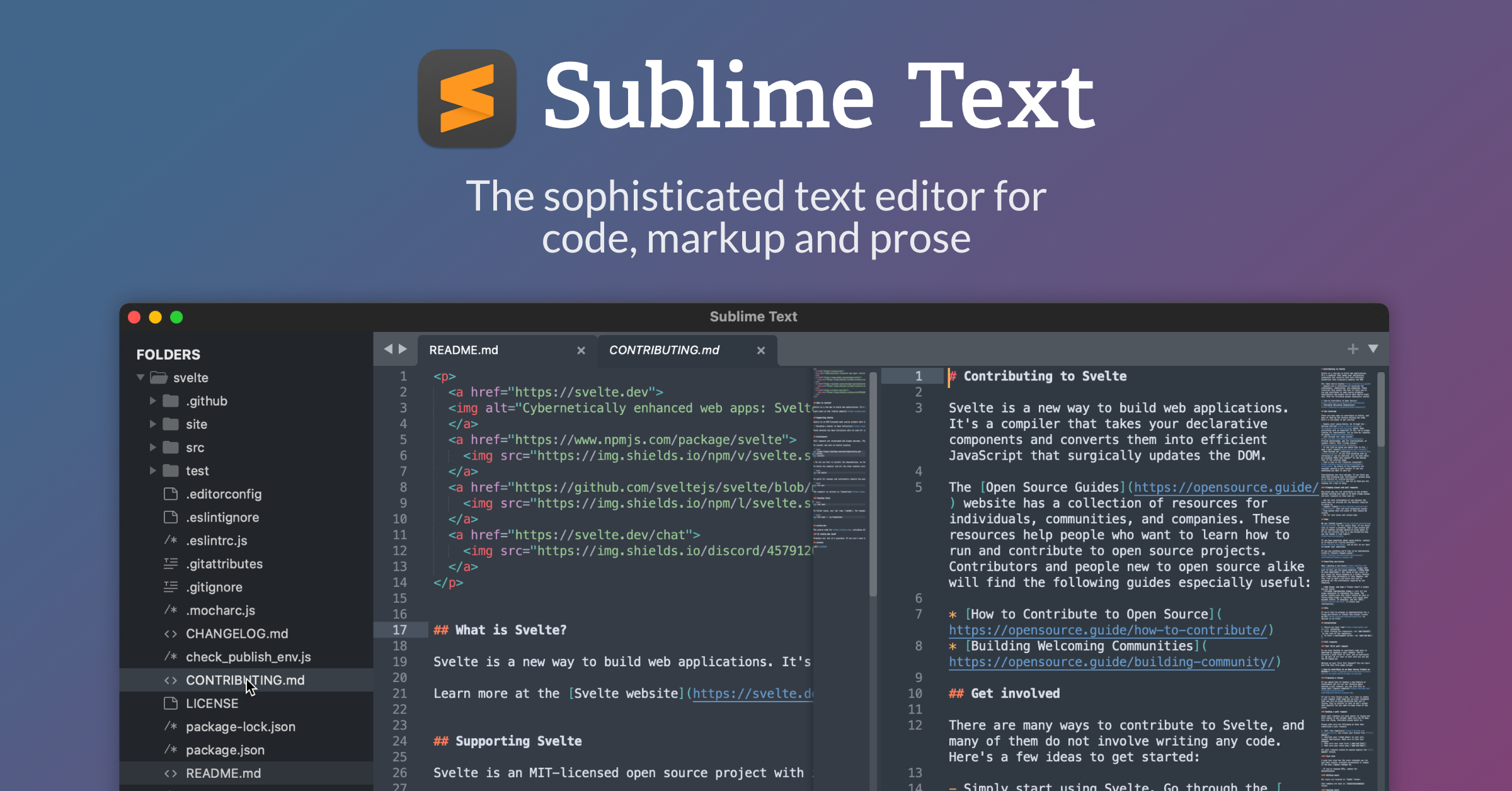
Immediately after establishing connection, the FTP client on your machine sends a command to the server to establish secure control connection through the default FTP port.Ĭhoose Implicit to have the implicit (passive) security applied. In the Advanced settings area, choose the security mechanism to apply.Ĭhoose Explicit to have the explicit (active) security applied.
#Sublime sftp setup password#
Specify the way to authenticate to the server:įor FTP server, type your password and select the Save password checkbox to have IntelliJ IDEA remember it.įor SFTP server, choose one of the created SSH configurations, or click and create a new configuration as described in Create SSH configurations.įor FTPS server, specify your username and password. To enable anonymous access to the server with your email address as password, select the Login as anonymous checkbox.

To login in a regular mode, specify the login in the User name field.
#Sublime sftp setup registration#
Specify user credentials defined during registration on the hostįor FTP and FTPS servers, specify the registration mode:

Its settings can be reused across several projects. When the checkbox is cleared, the configuration is visible in all IntelliJ IDEA projects. It does not appear in the list of available configurations in other projects. Such configuration cannot be reused outside the current project. Select the checkbox to restrict the use of the configuration to the current project.

Use the Visible only for this project checkbox to configure the visibility of the server access configuration. You can also click the Default Deployment Server widget in the IntelliJ IDEA status bar and select the desired server or server group from the popup menu.
#Sublime sftp setup manual#
Manual upload and download of files without choosing the target host.Ĭomparing local files and folders with their remote versions.Įditing individual files on remote hosts. The Create New Server dialog closes and you return to the Connection tab of the Deployment node.Ĭlick on the toolbar to have IntelliJ IDEA silently apply the current configuration in the following cases: In the Create New Server dialog that opens, type the name of the connection to the server and click OK. SFTP: choose this option to have IntelliJ IDEA access the server via the SFTP file transfer protocol.įTPS: choose this option to have IntelliJ IDEA access the server via the FTP file transfer protocol over SSL (the FTPS extension). In the left-hand pane that lists all the existing server configurations, click and select the server configuration type depending on the protocol you are going to use to exchange the data with the server.įTP: choose this option to have IntelliJ IDEA access the server via the FTP file transfer protocol. Press Ctrl+Alt+S to open the IDE settings and select Build, Execution, Deployment | Deployment.Īlternatively, from the main menu, select Tools | Deployment | Configuration.

Specify the name, type, and visibility of a server configuration The server configuration root folder and the URL address to access it.Ĭorrespondence between the project root folder, the folder on the server to copy the data from the project root folder to, and the URL address to access the copied data on the server. To configure access to the server in this setup, you need to specify the following:Ĭonnection settings: server host, port, and user credentials. To access files on the server, use FTP/SFTP/FTPS protocols. In the remote server configuration, a server runs on another computer (a remote host).


 0 kommentar(er)
0 kommentar(er)
